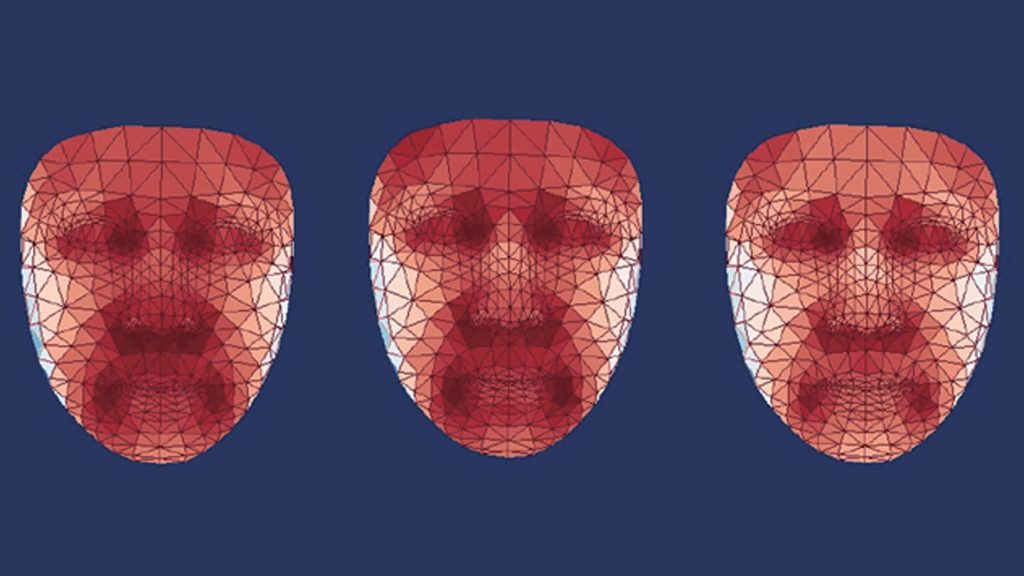The faces of individuals can reveal a lot about how they are feeling internally, with recent research indicating that mapping the hot and cool spots on a face can provide insights into a person’s biological age and potential health status. In a study conducted on nearly 3,000 Han Chinese individuals, it was found that those with metabolic disorders such as diabetes and fatty liver disease had higher eye area temperatures. Additionally, individuals with elevated blood pressure displayed higher cheek temperatures, indicating a potential link between facial temperatures and chronic diseases.
Jing-Dong Jackie Han, a computational biologist at Peking University, noted that thermal facial images can be used to diagnose diseases with an accuracy of around 80%. The temperature of the nose was found to decrease with age at a rate faster than other facial areas, suggesting that individuals with warmer noses may have a younger thermal age. These findings could provide a new biomarker of aging and a tool for health assessment, offering potential benefits in the field of healthcare.
The concept of face temperature being an indicator of health has roots in Chinese traditional medicine and is supported by previous knowledge of how fevers and infections can affect facial temperature. Studies have shown that core body temperature changes with age, metabolic state, and diseases, with facial heat maps able to reveal indicators of health conditions. However, the use of facial thermal patterns to assess biological age and metabolic diseases is a novel approach that requires further investigation.
Blood sample analyses from participants in the study hinted at the reasons behind the revealing nature of the thermal map. Increased temperatures around the eyes and cheeks were linked to heightened cellular activities associated with inflammation, such as DNA repair and infection fighting. It is essential to consider other factors beyond disease and age that can influence facial temperatures, such as lifestyle choices like exercise routines or dietary habits, which can impact thermal facial age.
While the ThermoFace tool shows promise in providing valuable insights into potential health concerns based on facial thermal patterns, further research is needed to validate its application in diverse demographic groups and real-world clinical settings. Although there are limitations to the tool’s ability to establish causation, it could serve as an alert for clinicians to investigate potential health issues. Overall, the innovative approach of using thermal facial images for health assessment highlights the potential for non-invasive methods to aid in disease diagnosis and monitoring.


